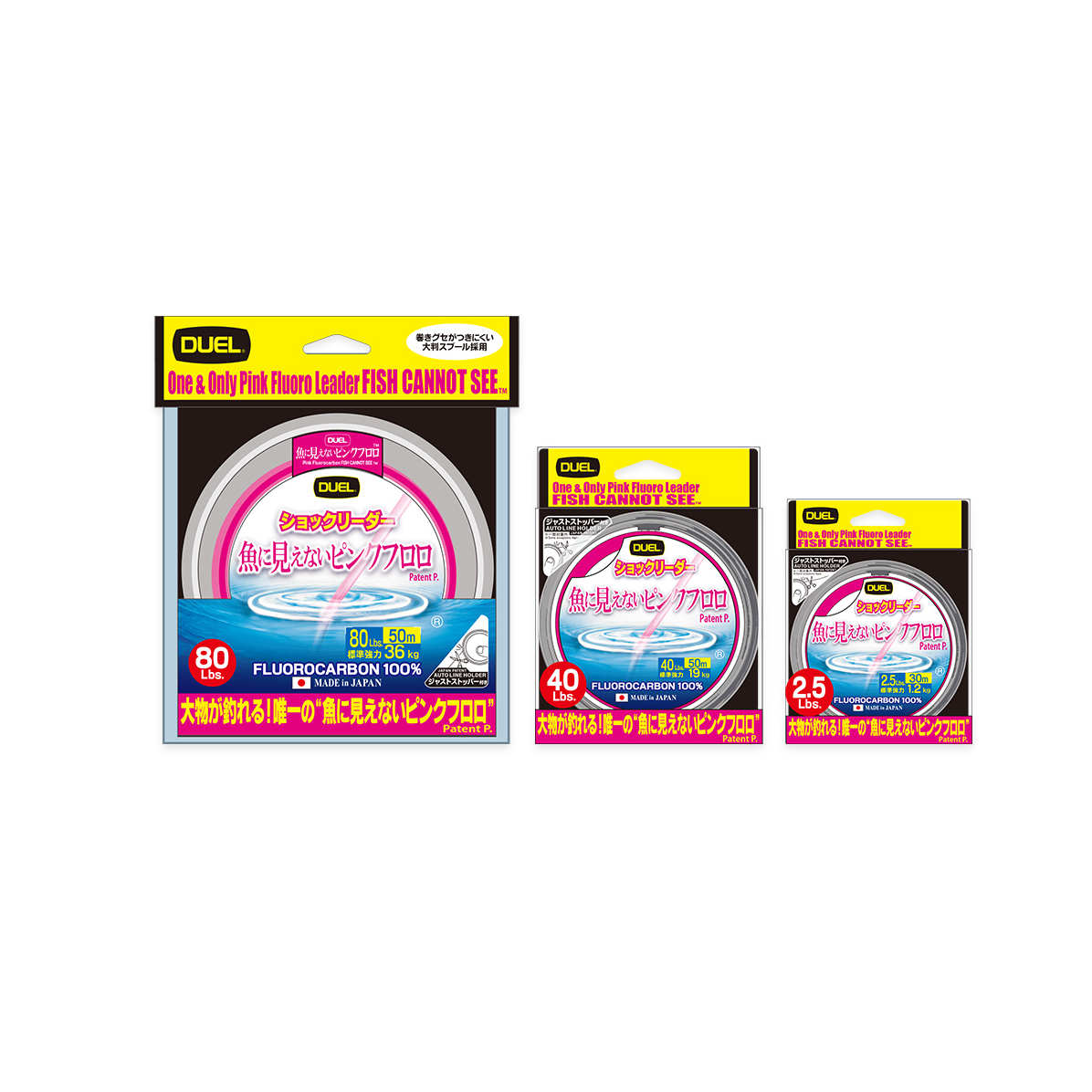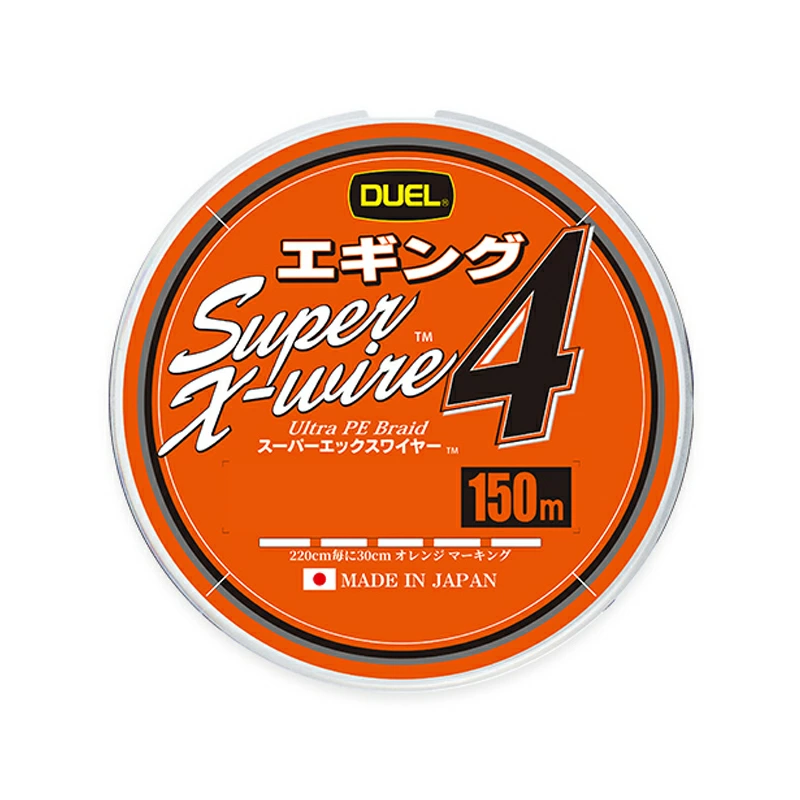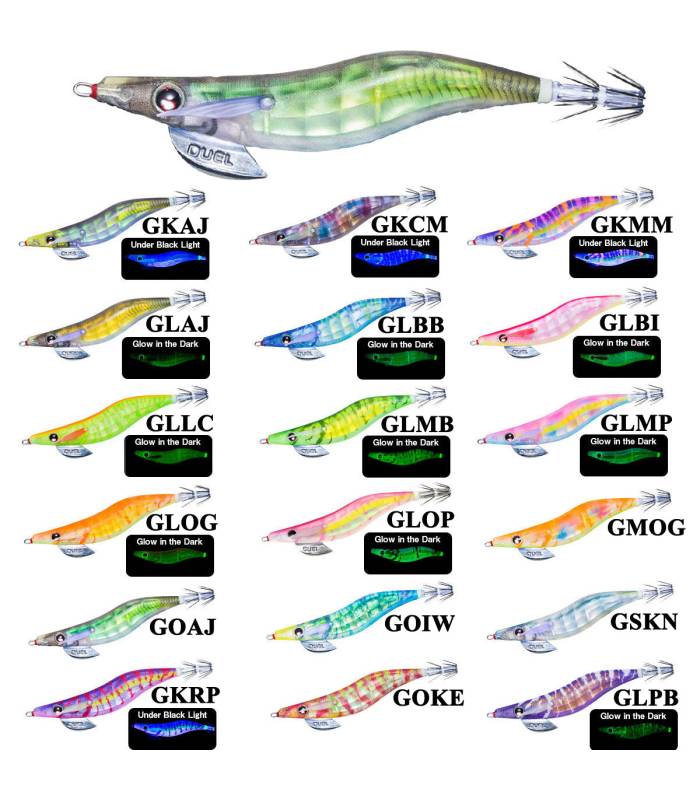Tienda
Jibionera Yo-Zuri A1030 Aurie-Q 2.5
13,50€
Señuelo japonés para pesca de calamar precisa y efectiva
La Yo-Zuri A1030 Aurie-Q 2.5 es una jibionera de alto rendimiento desarrollada por Yo-Zuri Japón, ideal para pescadores que practican eging técnico en condiciones variadas. Su tamaño 2.5 la convierte en una opción versátil para la pesca de calamares medianos y pequeños, tanto en aguas tranquilas como con ligera corriente.
Con una acción equilibrada, caída suave y diseño realista, esta jibionera ofrece un movimiento natural que estimula la picada incluso en calamares recelosos. Sus acabados de alta calidad, disponibles en versiones UV y Glow, garantizan visibilidad y atracción en distintas condiciones de luz.
Características destacadas:
-
Tamaño 2.5, ideal para eging todo terreno.
-
Hundimiento equilibrado y acción natural, imita perfectamente a un pez presa.
-
Cuerpo resistente con acabados UV y Glow para máxima atracción.
-
Corona doble afilada de acero inoxidable para una clavada firme.
-
Estructura ligera y aerodinámica para lances precisos y controlados.
-
Fabricación japonesa con componentes de alta gama.
Recomendado para:
-
Pesca de calamar y sepia desde costa, puerto o embarcación.
-
Jornadas nocturnas o con luz reducida gracias a sus acabados luminosos.
-
Pescadores que buscan eficacia, sensibilidad y calidad en cada lance.
-
Jibionera Yo-Zuri A1030 Aurie-Q
-
Yo-Zuri 2.5 para calamar
-
Señuelos japoneses para eging
-
Jibionera calamar versátil
-
Eging desde costa o embarcación
-
Aurie-Q Yo-Zuri pesca sepia
Compra la Jibionera Yo-Zuri A1030 Aurie-Q 2.5 en nuestra tienda online especializada en eging. Alta tecnología japonesa para pescadores exigentes que buscan precisión y resultados.
| Color | BLGA, LBL, LC, LP, LRH, SBOI, SBPI |
|---|








